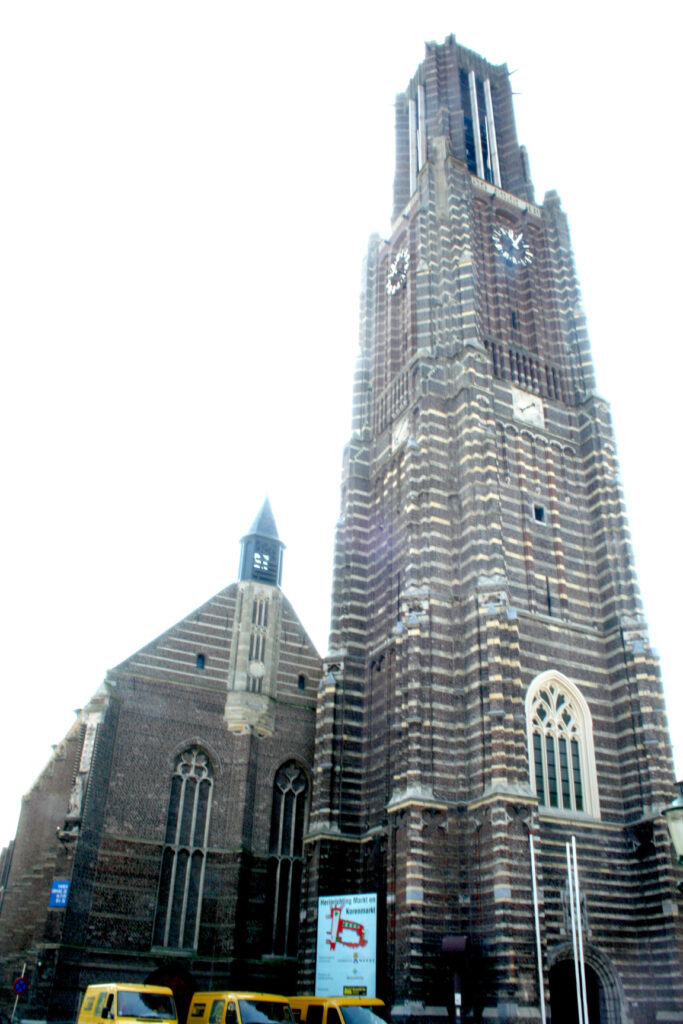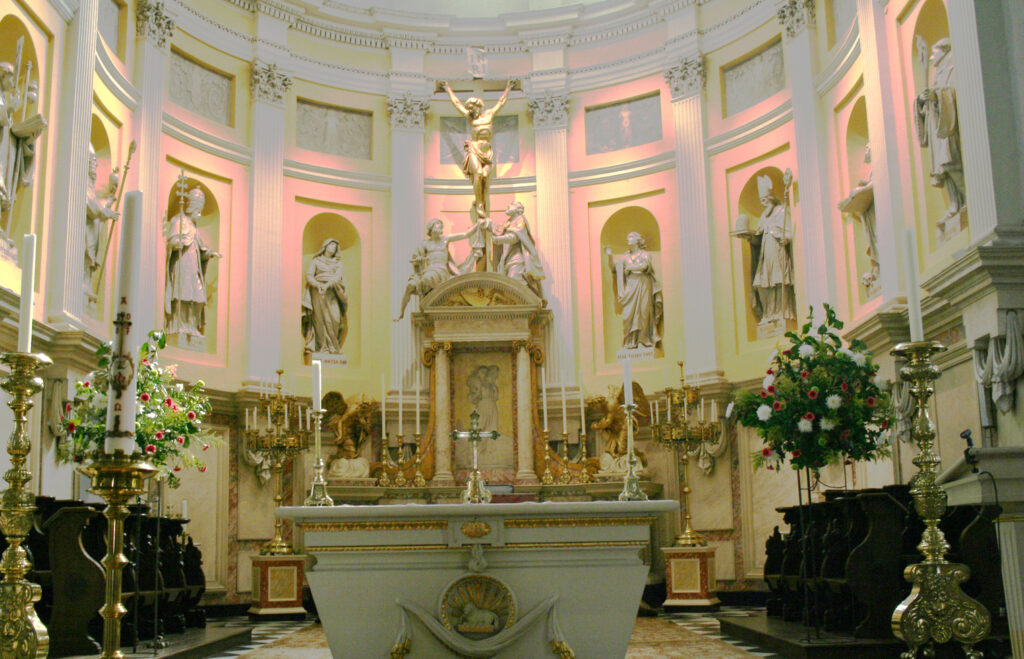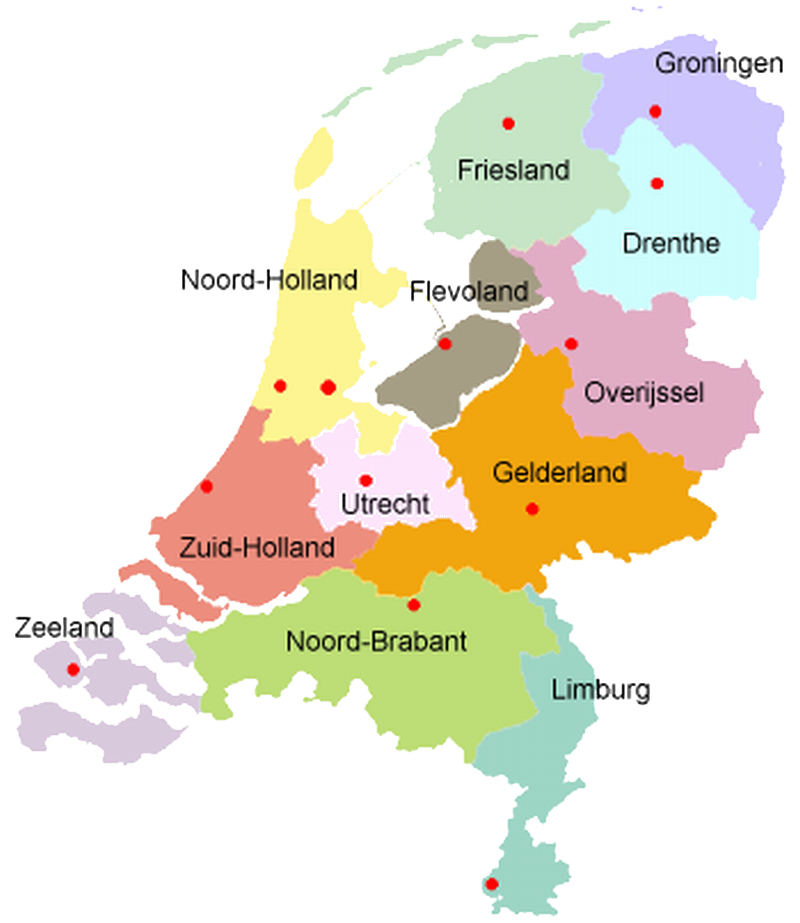
this city offers a unique blend of old-world charm and contemporary allure.
Weert stands as a charming gem that captivates visitors with its rich history and vibrant atmosphere. With a population that embraces both tradition and modernity, this city offers a unique blend of old-world charm and contemporary allure.
The historic city center boasts stunning architecture that reflects its medieval past, from the impressive Sint Martinuskerk to the quaint cobblestone streets. But Weert is not stuck in the past – it’s a dynamic hub with a thriving cultural scene. Festivals, markets, and events throughout the year showcase the city’s lively spirit and communal warmth.
Nature enthusiasts will be enchanted by Weert’s surroundings. De IJzeren Man, a scenic lake and park, offers opportunities for boating, swimming, and picnicking, while the nearby De Groote Peel National Park presents a chance to explore serene marshlands and diverse wildlife.
Delve into Weert’s culinary scene, where traditional Dutch flavors blend harmoniously with international influences. Charming cafes, local eateries, and fine-dining options cater to every palate.
Whether you’re captivated by history, intrigued by modern culture, or drawn to natural beauty, Weert beckons with open arms. Its harmonious blend of the past and present, along with its friendly atmosphere, ensures that a visit to Weert will leave an indelible mark on your heart and mind.
Museum W

Museum W is a museum for cultural history and contemporary art in the city of Weert in the Dutch province of Limburg. The museum reopened in May 2022 after a renovation and refurbishment.
Museum W has been located since 1982 in the old town hall of Weert, opposite the Sint-Martinuskerk. The history of the building dates back to 1543. From that time, a large part of the south façade, and the cellars, remain. In 1826 the building was extensively renovated, with the façade towers being demolished. The current view dates from 1913 and is designed by J. Rouleau.
Museum W was extensively renovated around 2021-2022. By restoring, renovating and providing the building with a new museum design, the national monument has been made future-proof. Both the exterior and the interior have been renewed.

The name ‘Weert’ already indicates how the place originated. ‘Weert’ is identical to worth: a piece of land, located near or in the middle of waters and swamps, i.e. a diked piece of land.
That the place received this name is quite understandable when one considers that at that time this region was surrounded in the north, east and south by vast Peelplassen and swamps, which used to cover a much larger area than today. Between these uninhabitable wildernesses was a high and dry island and Weert originated on this. The entire area was divided into two parts: the higher part ‘Overweert’ (now Weert) and the lower part Nederweert. People have lived in the weert area since prehistoric times.
St. Martin's Church

Although a source reports a church in Weert as early as 1056, the first construction phase of the current building was only completed in 1456.
Then the still existing choir rises in Gothic style. After the construction of this choir, the old church remains in use. Whether the old church was connected to the new part is not known. The old nave disappeared around 1500 to make way for the current three-aisled nave, which took the form of a Gothic hall church. It was put back into use in 1512. The building is probably still finished after that dedication. The construction of the tower in Kempen Gothic style started in 1528. At the end of the sixteenth century, construction came to a halt.
In 1568, Philip of Montmorency, the Count of Horne, was buried there after he was beheaded in Brussels by order of the Spanish governor Alva together with his loyal friend Count Lamoraal of Egmont. It was assumed that Philip of Montmorency is buried in the chancel of the Sint-Martinuskerk in Weert. At least that’s where the pewter can with his heart is located.



The coat of arms was taken from a sixteenth-century alderman’s seal of the city. The twill, the inverted V, is a tissue pattern. It is probably related to the former flourishing cloth craft, which exported sheets to Western Europe. Before the sixteenth century, a ship’s seal was in use, in which the three horns of the coat of arms of the counts of Horn were incorporated. These counts were also lords of Weert. The coat of arms can be covered by a shield crown. The crown of Weert, three leaves and two pearl banks, symbolizes a count: the Count of Horne.
Wilhelmus-Hubertus

Wilhelmus-Hubertus is a flour mill at Oude Hushoverweg 30 in the Dutch city of Weert.
It is a round brick belt mill from 1904. The mill replaced an earlier standerdmolen, which had burned down as a result of lightning strikes. The mill operated until before the Second World War. In 1961/2 the mill was restored and the mill got its current name, after the grandfather of the current mill builder Wim Adriaens. Since 2008, the Wilhelmus-Hubertus has been owned by Ton Nouwen and Rolf Zincken, who completely restored this beautiful mill, together with various government agencies, funds and the Province of Limburg into a super attractive restaurant with home. The work in progress is still present and the mill is fully operational.
The mill is open from Wednesday to Sunday from 12:00 to 15:00 and from 18:00 to 22:00.






